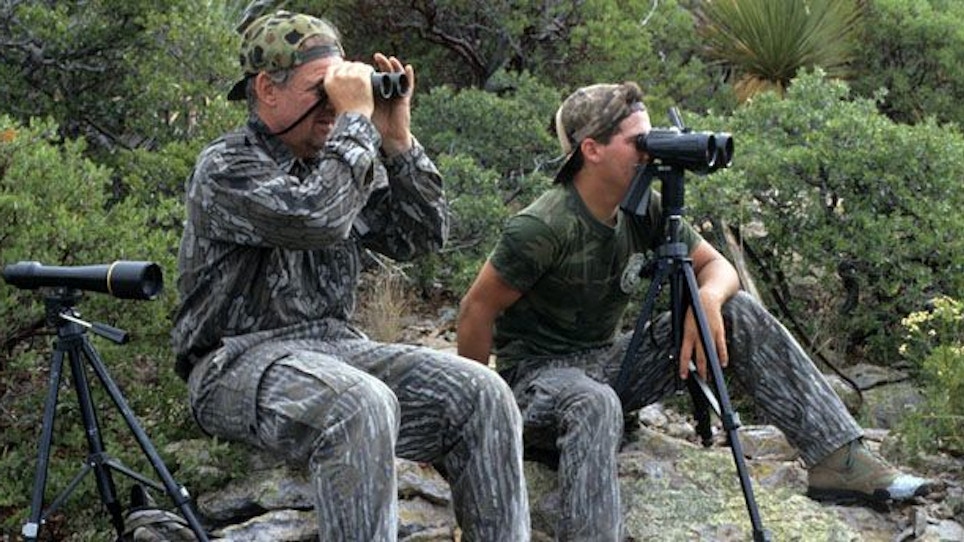I had a bit of “fox fever” as I crept the last few yards to the snow-covered granite outcropping overlooking the snow blown hillside where the fox lay curled up on the open slope, soaking up the warming rays of the winter sun. The fact that it would be the initial shot with my first real varmint rifle, a Remington 722 in .222 Rem. caliber complete with Weaver 6X scope, added a new dimension to the hunt for a 15-year-old who’d just spent a major part of his trapline earnings on the rifle.
As I slid the rifle into a solid rest position and centered the crosshairs on what was supposed to be an unsuspecting prime pelted Minnesota red fox, my excitement plummeted. What I had perceived as a bedded fox from half mile away with a borrowed pair of cheap binoculars was the flat round top of reddish granite rock. This was an early lesson that has stuck with me to this day and ultimately helped increase my success rates, from the deserts of Mexico to the northern tundra of Alaska and Canada, on predators ranging from black bears to ring-tailed cats.
Good optics should be an essential part of any serious predator hunter’s equipment whether they are into spot-and-stalk, still hunting or are addicted predator callers. Regardless of the type of predator hunting undertaken, the key to killing that keen-eyed, wary, survival-oriented, four-legged hunter is seeing it before it sees you. This is obvious when spot-and-stalk or still hunting, unless you are into running shots at escape motivated predators.
Not long after my rock-stalking episode I acquired a decent set of binoculars and a cheap spotting scope, which eliminated any more inanimate animal stalks. It didn’t take long to realize the spotting scope was not only invaluable for positively identifying my intended target with much greater accuracy, but was even more valuable when it came to getting an intimate “lay of the land” and choosing the best stalking route by letting my eyes literally do the walking before I ever set foot on the ground.
Over the years, I’ve been accompanied by many predator callers who looked askance at the constant presence of binoculars around my neck when on predator calling ventures. This is especially the case in wide open country with unlimited visibility and thick cover with limited visibility. My binos don’t always see use, but on occasion they have made the difference between iffy success and outstanding or unexpected success.
On one occasion, I was hunting with an avid predator calling friend from Texas and we had set up under a rimrock overlooking a vast expanse of sagebrush valley with interspersed oakbrush in the Northwestern corner of Colorado during late January with three inches of fresh snow on the ground. Ideal calling conditions. The FoxPro electronic caller had been inundating the country below us with Lightning Jack distress sounds for less than a minute when I glassed a pair of coyotes half a mile across the valley floor, weaving their way through the sage and greasewood.
Never one to trust a predator completely, I continued scanning the brush, closer in below the rimrock, through my 10x42 Nikons while my companion watched the incoming canines through his riflescope. Fifty yards below, I caught just a hint of movement in the brush that I first took to be a cottontail or jackrabbit. After a closer look, I eased my binos down and my rifle up on the bipod and sent a 52-grain hollowpoint through the shoulders of a 30-pound tom bobcat sitting motionless and almost invisible in the dense brush — almost but not quite. The pelt off that winter prime cat was five times the price of a coyote pelt, and paid for a quality set of binoculars. My companion never had a clue it was there. I’ve had a number of similar situations occur over the years, and have made optics carrying converts out some experienced predator hunters.
Today, there are many superb reasonably priced binoculars and spotting scopes available to predator hunters. Good optics should be considered a once-in-a-lifetime purchase and, as such, I recommend making the effort to evaluate a number of different brands and options and purchase the very best quality you can afford.
Over the years, I have used and evaluated many of the top brands and styles of binoculars available, ranging in magnification from 6x to 20x, in both roof prism which tend to be more streamlined and porro prism, which are chunkier but offer a bit more depth of field. If I had to choose one set of binos for all-round use it would be 10x42s for their ideal magnification and light-gathering ability in either roof or porro prism.
Permanently residing on the console of my pickup are my ever-ready set of 10x42 Tract binoculars sitting on top of an equally superb quality Nikon 15-45x spotting scope on a window mount, both ready to let my eyes do the walking.






